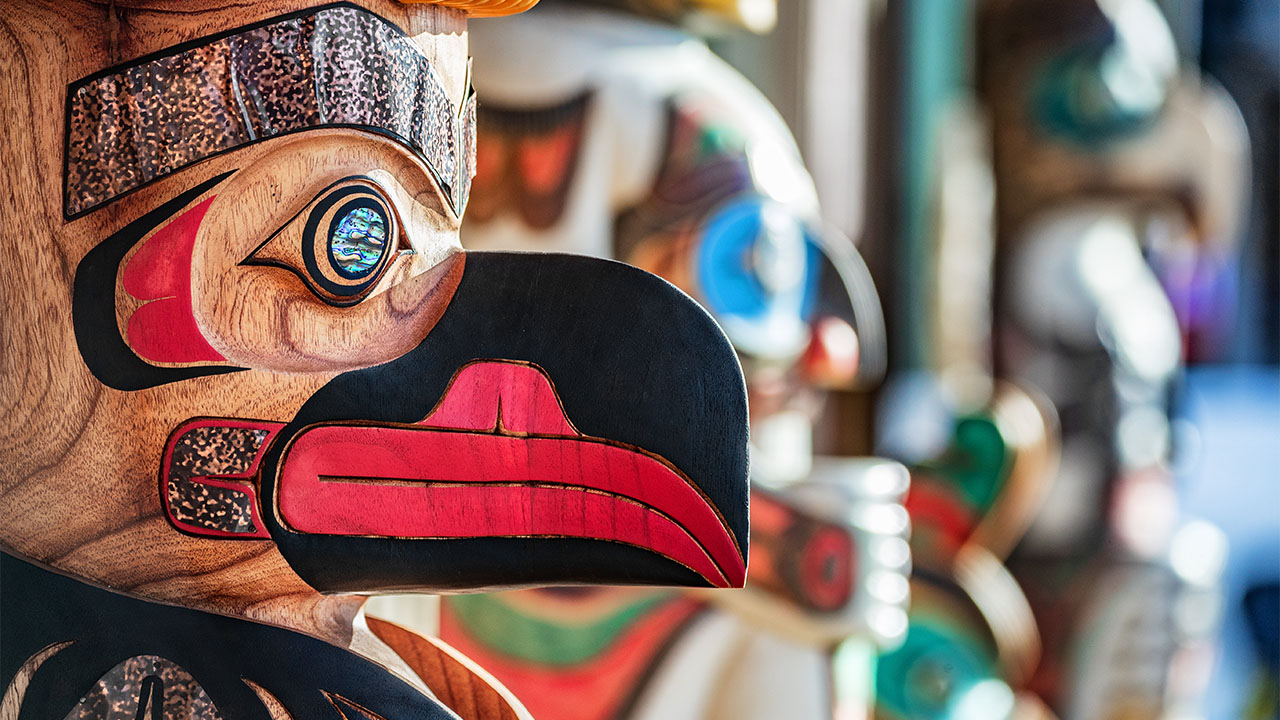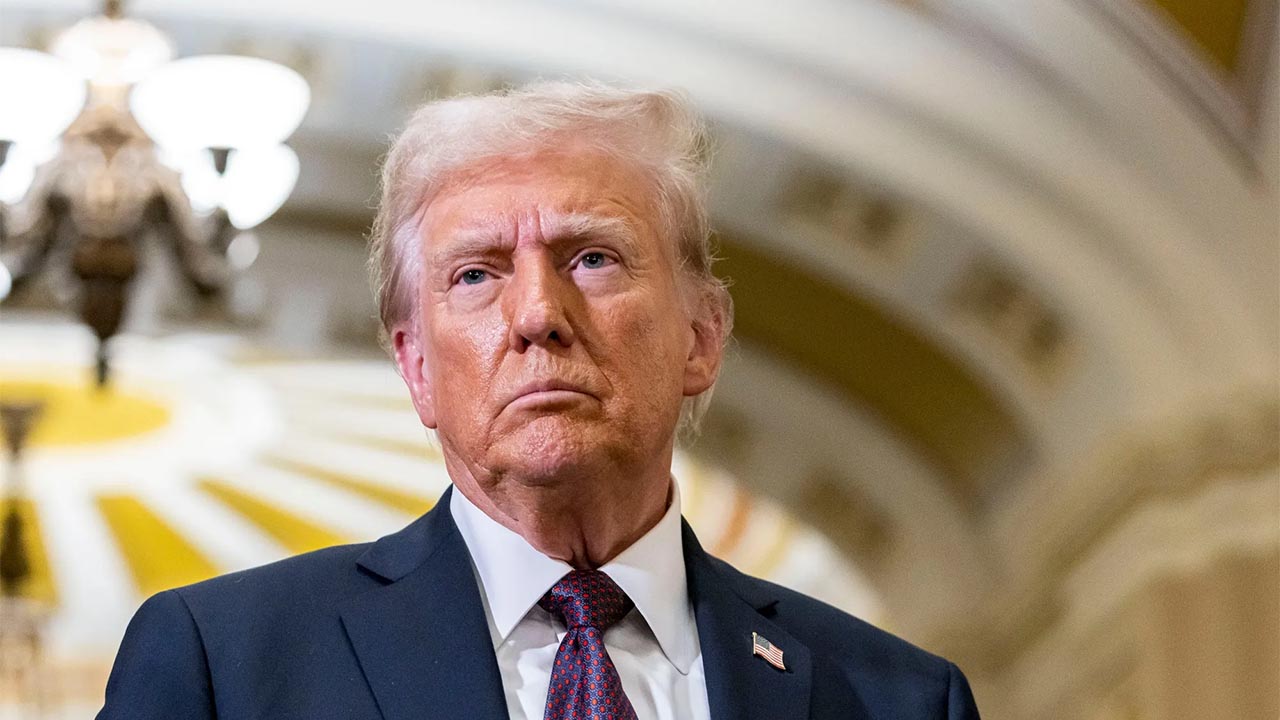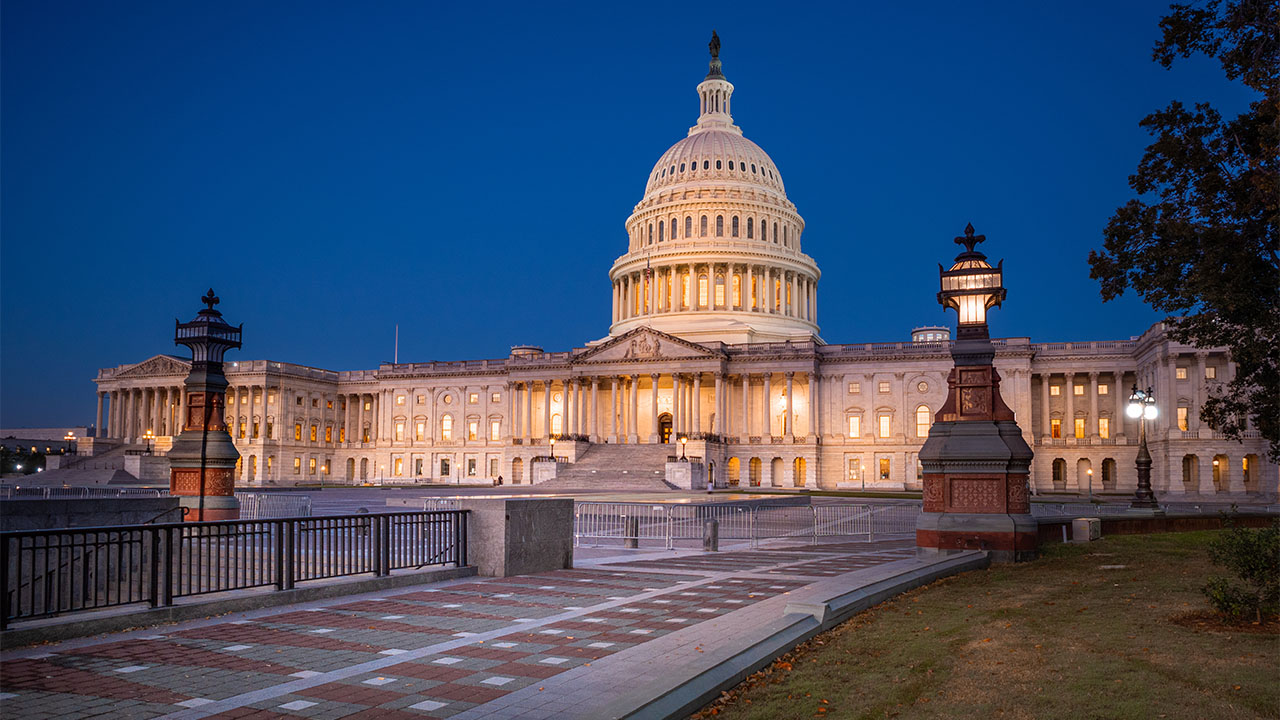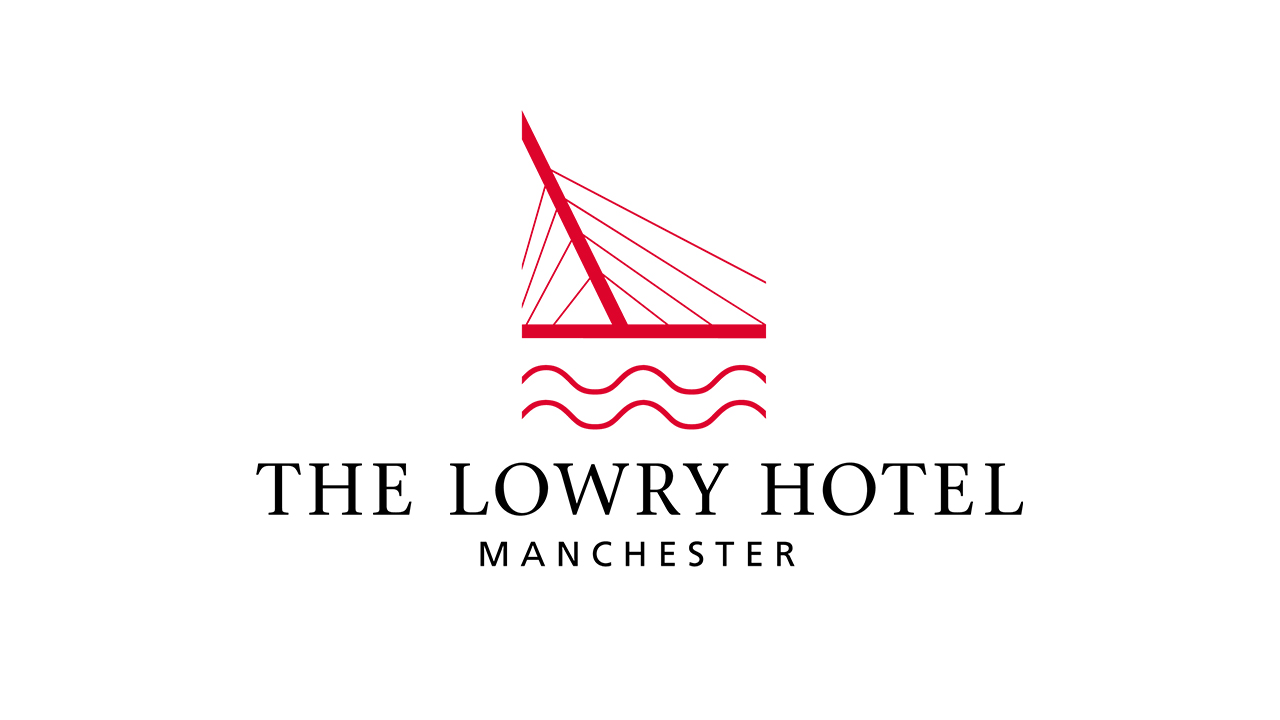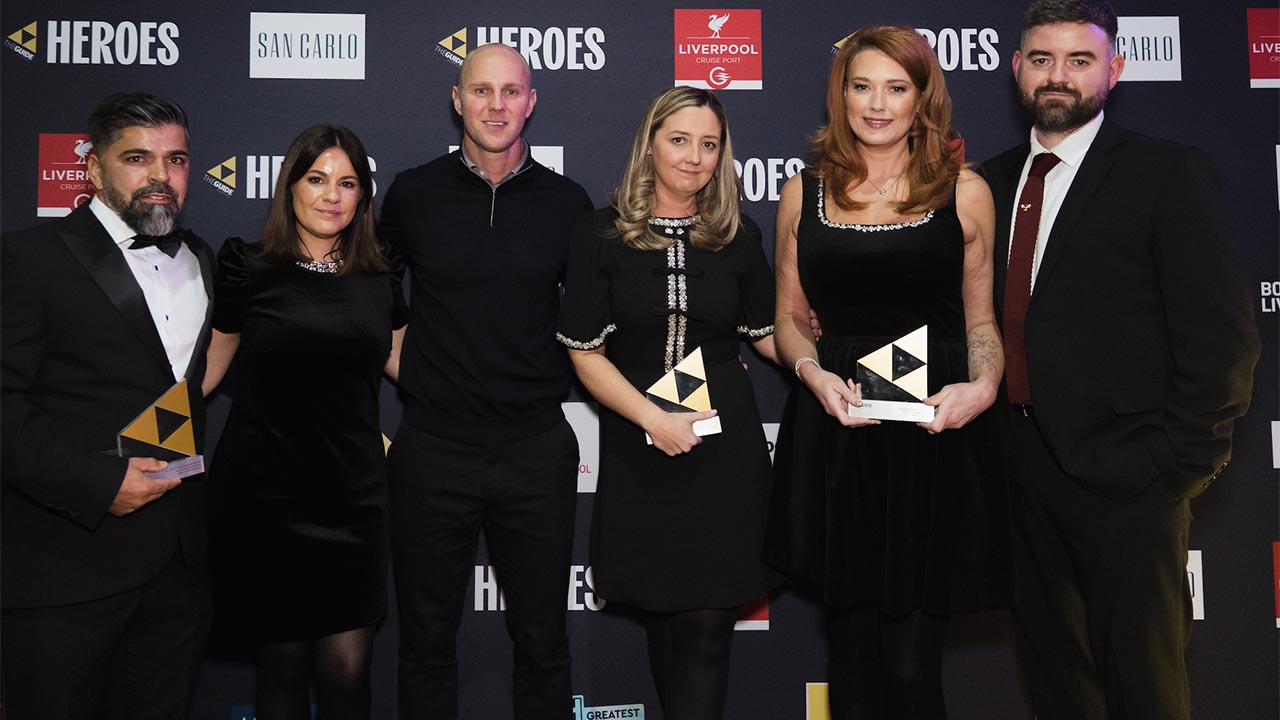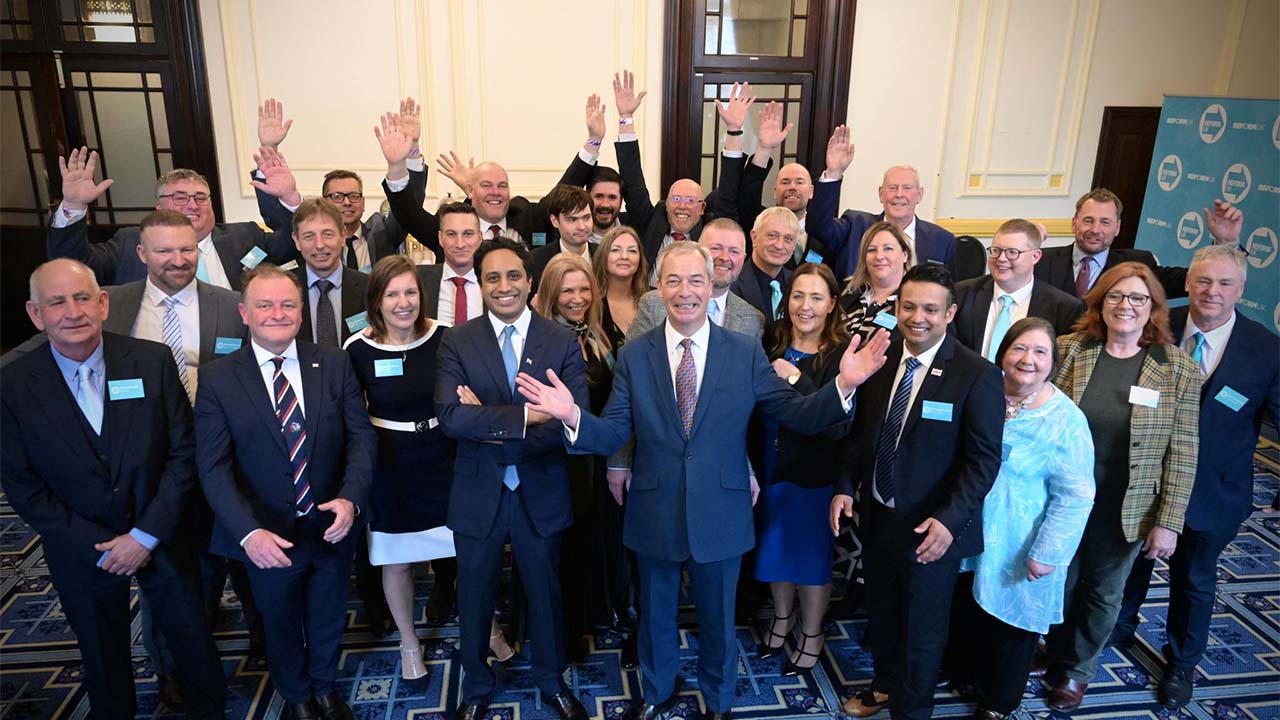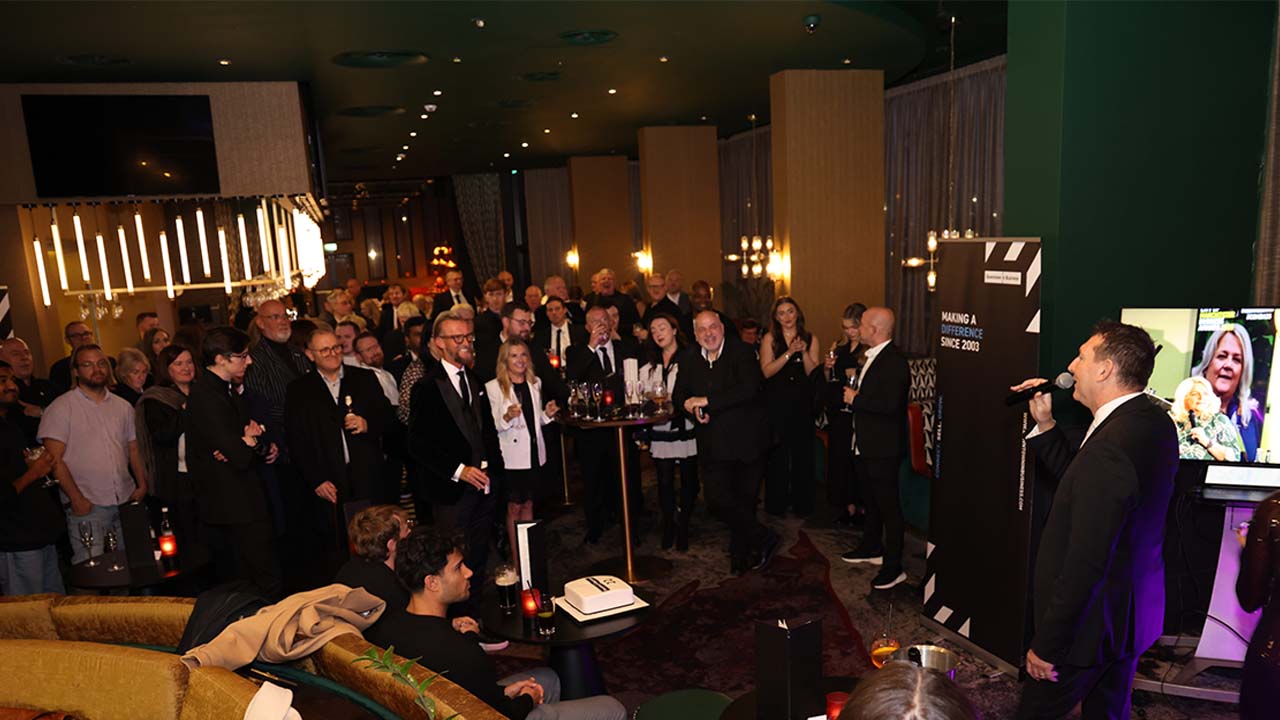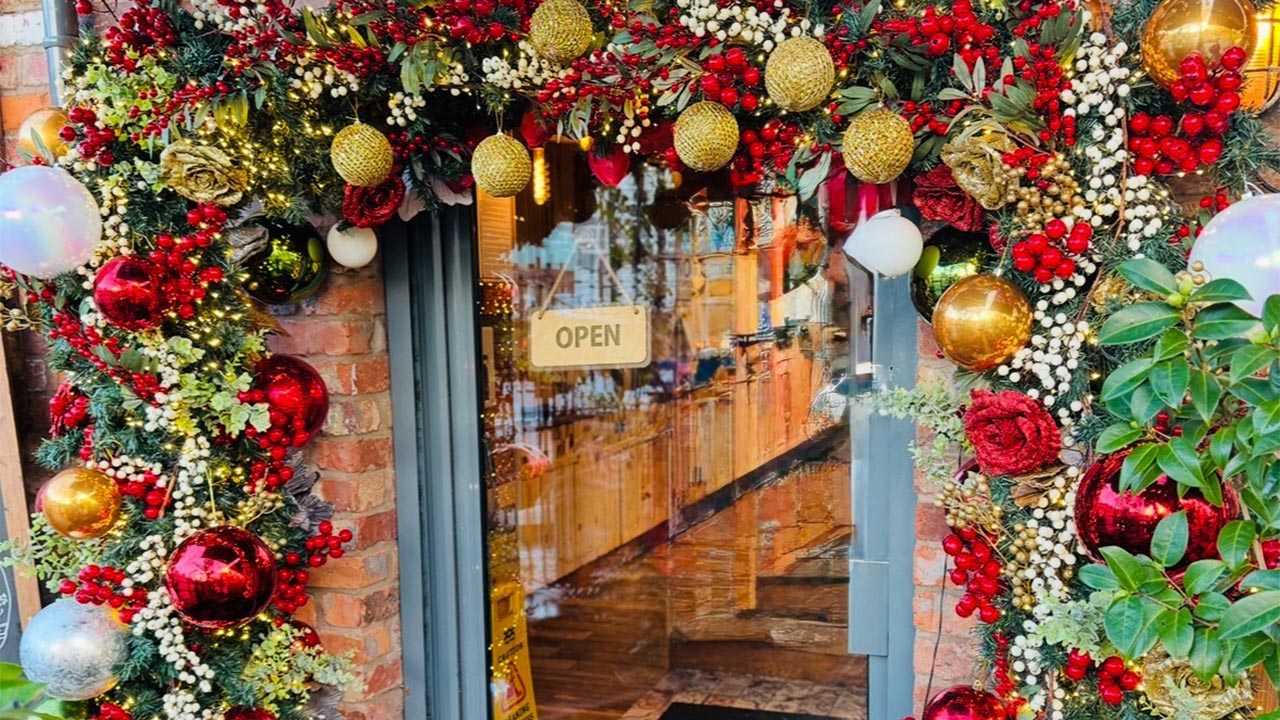Last week, I wrote about Biden’s dilemma in choosing a woman of colour for the soon to be vacant Supreme Court justice position. It attracted plenty of feedback and social media responses.
People were largely in agreement that, as an institution, the highest court in the land should be reflective of the nation it presides over, but there was less confidence expressed when the process to deliver this balance was to hand pick candidates exclusively on race or gender.
It made me wonder further about identity and race, perhaps still one of the biggest taboos in modern America.
While much of the discussion is rightly about how African Americans can be better represented in the fabric of this nation – film buffs will note that this week’s Oscar nominations are an exceptionally vanilla affair – Black people are not alone in being excluded.
I think Native Americans are probably equally justified in being upset at their dilemma too.
Then I heard an amazing statistic on a public radio show; In 1960 the census revealed that 550,000 U.S. citizens identified as Native American, but by 2020, that number had risen to more than 9.7 million.
Now anyone with a basic understanding of population growth, demographics and human geography will recognise this isn’t the result of rising birth rates or immigration – something far stranger is driving the numbers.
Millions more people today are self-identifying as Native American.
That means people who didn’t previously see themselves as indigenous are suddenly ticking the box ‘Native American’ on census forms. But why?
The Native American community across the U.S., is perplexed too. They see this uptick in self assignation as Native American as the start of a new phenomenon – one they have nicknamed – ‘The Rise of the Pretendians’.
It seems with people having easy access to DNA test kits and genealogical research via Ancestry.com and other such web tools, they are discovering they are 1/16th Native American and that’s enough for them to assert their indigenous status. It shouldn’t come as a surprise that great, great-grandma or great, great, great-grandad may have been descended from the original tribespeople, for that is the story of the nation.
But while these Pretendians may be half Irish, a quarter Russian and 3/16ths Abyssinian, it’s that little drop of Native American blood they have built their new identity around.
And people working in The Bureau of Indian Affairs and with Native American Communities are troubled by the sudden rise.
Some suggest it may be because of Federal and State Government’s generous efforts to subsidize and support more college and training opportunities for kids from the reservations which is attracting more people to identify as Native American to get a pay-out or a grant. Of course, as more people with tenuous links to native American ancestry pick up these grants and bursaries, the less is left in the pot for those with genuine claims.
And elders and community leaders within the tribes are worried that people who are choosing to be identified as Native American but have no viable link to the Indigenous community are eroding the culture and diminishing the values of the original people.
Native American leaders and advocates say the question shouldn’t simply be about your DNA claim, but the culture and lifestyle you are living. It isn’t enough to choose to be indigenous, rather, they say, the metric should be: “Would the Native American community choose you?”
And while the story of immigrants worldwide has been to assimilate into the general population, changing their names, religions and appearances along the way, in America, heritage and identity seem to matter more. People identify as Italian American, Asian or Chinese American and African American in a way other minorities in other nations don’t. The sizeable Black population and West Indian community in Britain don’t identify as African British, for example.
Perhaps it is in part because everyone here in the USA, except the Native Americans, is to some extent descended from immigrants, whether you are the progeny of European colonialists in New England or a first- generation undocumented worker from Guatemala.
Also, remember the European settlers did some horrific things to the Native American community, so rather than brag that your ancestors came over on The Mayflower and raped and pillaged, enslaved and murdered to establish their wealth, perhaps its easier to create a narrative where your great-great meemaw was a Cherokee Princess instead.
It made me wonder about my identity too.
I’m an immigrant. In the words of the U.S. Immigration Service, I am a Permanent Alien Resident. I have been for more than two decades but even beyond that peculiar and not particularly flattering nomenclature, it is interesting to see how we self-describe to each other.
When my neighbours and work colleagues speak with me, they recognise me as British, or surprisingly think I may be a Kiwi, or South African. But if they are familiar with Britain, I may tell them I’m from Liverpool.
Of course, I’m not, I’m proudly born in the One-Eyed-City, Birkenhead but that is a geographical nuance lost in translation for most.
And while I may ‘self-identify’ as ‘from Liverpool’ for the sake of simple mapping, I don’t claim to be a Scouser – the cultural identity of someone from Liverpool. There are many in the city of Liverpool who argue their ‘scouseness’ trumps their English or British identity, though how or why is unclear.
While the day-to-day rituals of growing up in Birkenhead only 1.1 mile across the River Mersey from Liverpool were probably similar enough to those of the bona fide Scousers living in the gritty north end or leafy south side of the city, they of course don’t count for qualification.
It’s a bit like those annoying Mockneys you meet everywhere who tell you they are from London with the same lack of geographical honesty the people who named Luton London Airport exhibited. “Born outside of the sound of Bow Bells? – It don’t count, me old china.”
But how do we determine who is or isn’t?
As the native American community is arguing, while you may claim to belong to the tribe, you may not be chosen by them.
Home Counties students who graduated from Liverpool Polytechnic but didn’t go home afterwards or Norwegians with Kop season tickets may be disappointed by this argument blocking their membership of the Scouse Nation.
But what really sticks in the craw for indigenous people is when Pretendians take their newly minted identity and claim to speak for or represent the wider community.
The commentator on the radio broadcast said he knew of people recently claiming Native American heritage saying they didn’t find the former name of the Washington football team offensive.
And examples of Pretendians in Arts, Literature and Politics are nothing new.
Many will recall Elizabeth Warren, a contender for the Democrat Presidential nomination, who surprised reporters and probably her own campaign team, when she declared as being descended from Cherokee heritage. Here was a blue eyed and blonde Harvard Law graduate, declaring herself to be Native American. It was widely dismissed as bad politics and the Massachusetts Senator’s card was marked.
Johnny Depp claimed Cherokee heritage – disputed by the Cherokee Nation – to land the roll of Tonto in the Disney movie The Lone Ranger. Critics call this long standing, offensive practice as “Red-Facing” – where the lead Native American character is played by a White man, portraying the wise Indian scout with all the tropes and crass stereotypes you could imagine.
“A heap big um mistake” as Johnny Depp might have, ill-advisedly, said. As America turns its head towards the Mid-term elections it will be interesting to see how race and identity issues are played in the campaigns of both Republicans and Democrats.


